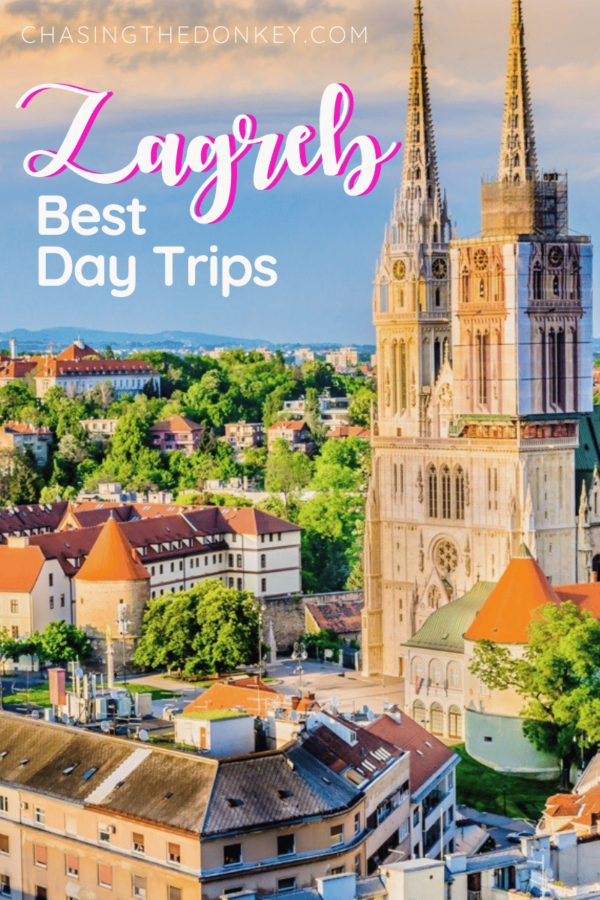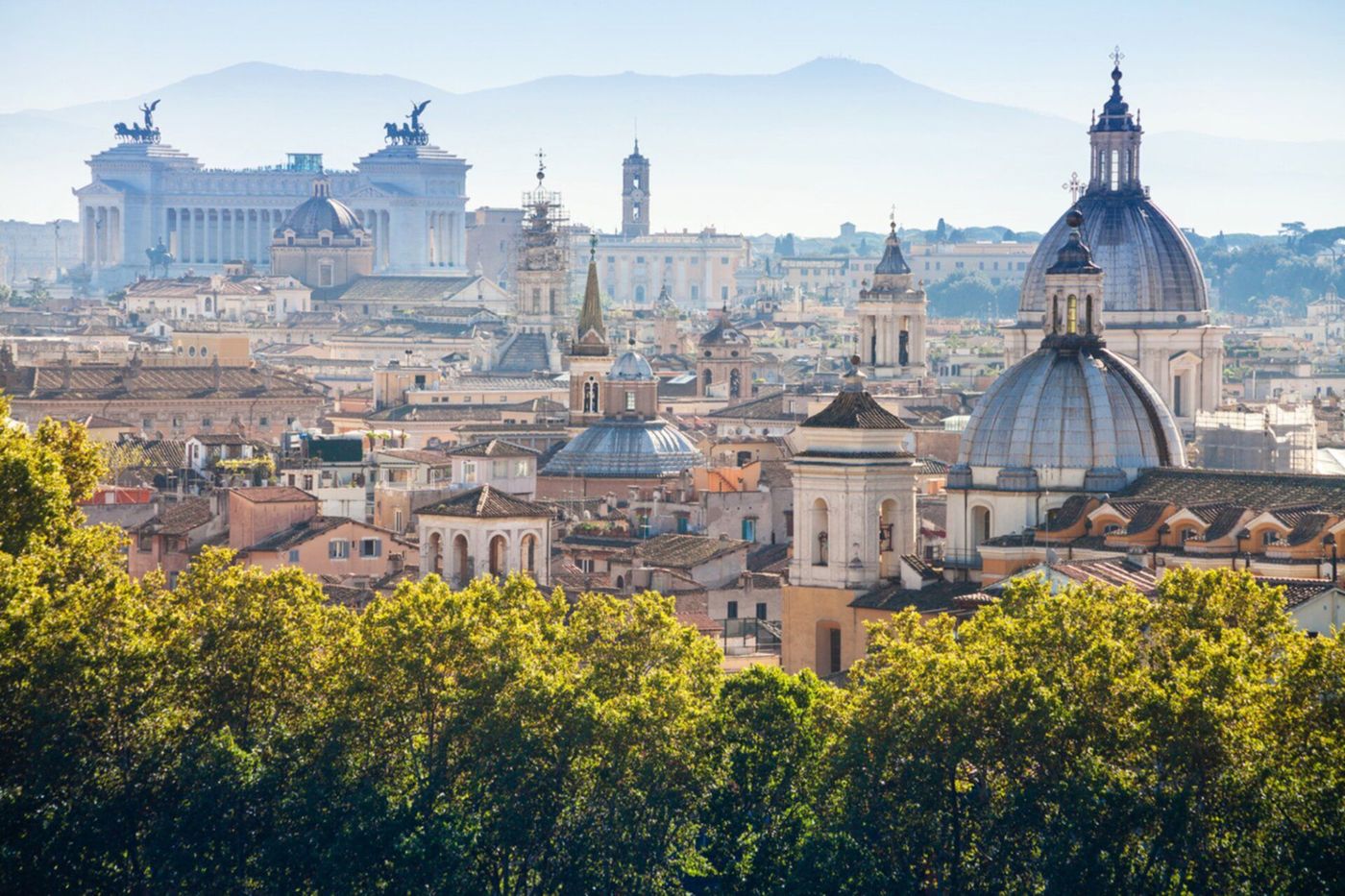The Echoes of the Silk Road: Unraveling Ancient Threads of Commerce and Culture
The Silk Road has long been romanticized as a symbol of the rich intermingling of cultures, a testament to human curiosity, and an ancient lifeline of trade stretching across vast and varied landscapes. It was not a single pathway, but an intricate network of trade routes that, for centuries, connected the East and West. This web of paths carried more than just silk; it was laden with gold, spices, ideas, religion, and culture. Today, the ghosts of the Silk Road whisper tales of commerce and exchange that were foundational in shaping our modern world.
The origins of the Silk Road are somewhat nebulous, with trade between the civilizations of Eurasia predating by centuries the term "Silk Road" itself. But it was during the Han Dynasty of China, around 130 BCE, when Emperor Wu sent his envoy Zhang Qian to the West to forge allegiances against the nomadic Xiongnu, that a structured route began emerging. Zhang Qian's travels not only initiated diplomatic relationships but also promoted the exchange of goods and knowledge that would flourish for over a millennium.
The influence of the Silk Road was both expansive and profound. It reached from the empire of China to the heartlands of India, through the Persian Empire, and onwards to the shores of the Mediterranean and into the markets of Rome. Along this route, merchants braved the treacherous Taklamakan Desert, navigated the formidable Pamir Mountains, and ventured across the steppes of Central Asia.
Camels and caravans became the symbols of the Silk Road, their silhouettes an emblem of the relentless human spirit, seeking connection and profit in faraway lands. It was a perilous journey, where travelers confronted not just geographical harshness but also the constant threat of bandits. The rewards, however, propelled the risks into the shadows. With every mile traversed, the commodities changed hands, evolving from luxury goods to staples of daily existence, from tangible merchandise to the less visible but equally precious currency of ideas.
Silk, however, retained its place as the crowning jewel of the Silk Road. Lauded for its softness, lightness, and warmth, silk was a prized possession in the Roman Empire, considered worth its weight in gold. Its production was a closely guarded secret by the Chinese, who maintained a monopoly on silk for centuries. The Byzantine Empire, however, eventually broke this monopoly in the 6th century CE when the legend tells that monks smuggled silkworm eggs out of China hidden inside hollow canes.
Beyond commerce, there were profound cultural and religious exchanges that redefined the continents. Buddhism found fertile ground along the Silk Road, flowering from India and infiltrating into Central Asia and China. Alongside it, Islam, Christianity, Zoroastrianism, and later, Manichaeism spread, dovetailing with indigenous beliefs and practices, creating syncretic religions and philosophies.
The Silk Road was also a conduit for technology and knowledge. Papermaking, gunpowder, the compass, and printing, pivotal Chinese inventions, diffused to the West. Simultaneously, mathematics, astronomy, and medical knowledge traveled from the Islamic world to East Asia. Food too crisscrossed paths: Central Asian horses went to China, while peaches and pomegranates from Persia sweetened Chinese cuisine.
As we continue to comb through the Silk Road's immeasurable impact on civilization, it becomes clear that history is not merely a collection of dates and events, but rather the story of human connectivity and the relentless pursuit of progress. In the following section, we will delve deeper into the stories that emerge from this ancient pathway - stories of legendary figures, hidden cities, and lost knowledge redeemed.Within the tapestry of the Silk Road’s history, we find legendary figures whose tales are soaked in both fact and folklore. One such character is Marco Polo, the Venetian merchant whose late 13th-century travels through the Silk Road are recorded in 'The Travels of Marco Polo.' His detailed accounts of the wealth and strangeness of the lands in the East captivated the imagination of Europeans and inspired many to look towards Asia with a fervency that would ripple into the age of exploration. His observations were not merely of commercial interest but were a vivid chronicle of culture, governance, and the daily life of those residing in the Yuan Dynasty under Kublai Khan.
As the Silk Road ebbed and flowed through history, it experienced periods of decline and resurgence, often dictated by the stability and power of the empires that controlled it. The spread of the Black Death in the mid-14th century, which followed the trade routes and decimated populations from Asia to Europe, marked a significant decline in the use of the Silk Road. The rise of the Ottoman Empire and their control over the trade routes led to a blockage that prompted Europeans to seek alternative paths to the East, paving the way for the Age of Discovery and the eventual sea routes founded by explorers like Columbus and Vasco da Gama.
Rediscovery and research have unearthed ancient cities like Petra, Palmyra, and Samarkand, which once bustled with life as commerce hubs along the Silk Road. These cities were the heartbeats along the network, pulsing with a medley of languages, customs, and religions that defined the cosmopolitan nature of the trade routes. They held grand bazaars where the air was thick with the scent of exotic spices and vibrant with the colors of textiles and crafts. Their ruins, which now beckon to scholars and tourists alike, are testament to the wealth and the intricate interdependencies that were fostered through commerce.
The legacy of the Silk Road, while highlighted in tangible relics—ruined outposts, weathered statues, fragments of pottery—survives most potently in the intangible realms. The languages of the region, from Sinitic scripts to Indic, Persian, Turkic, and Arabic scripts, were carved and printed onto paper, a medium that was itself a Silk Road import into the West. Through these lasting records, we gain insight into attitudes toward governance, philosophy, and the individual's place in a much larger world.
In ways that continue to influence us, the Silk Road was the forebear to modern globalization. It set the stage for an interconnected world where cultural and economic exchanges are commonplace. Speculation abounds on what might emerge from the "New Silk Road," or the Belt and Road Initiative proposed by China, seeking to recreate the trade and infrastructure networks across Eurasia. It raises questions on how history might echo or divert from the past with today’s intertwined global dynamics.
Moreover, the mysteries of the Silk Road have not been fully unraveled. As new archaeological methods are developed, lost chapters of human history are being written. These discoveries fuel a renaissance of cultural appreciation and underline the importance of international collaboration in both safeguarding and studying our shared human heritage.
In reflecting on the story of the Silk Road, we are reminded of humanity's innate push towards exploration and exchange, a pursuit that transcends time and civilization. Even today, the exchange of culture, technology, and ideas between nations is an echo of the exchanges that once traversed these ancient routes. The Silk Road is a narrative that continues to captivate because it is more than just a chapter in history; it is a continuous thread woven into the fabric of human progress. As we move forward in crafting our global future, the Silk Road serves as a beacon of the potential triumphs and tribulations inherent in the interconnectedness of our world.

























Comments